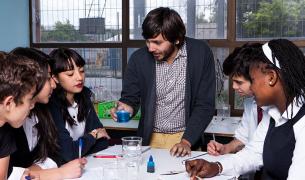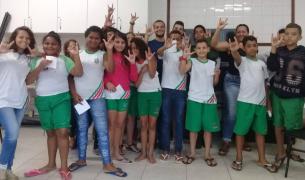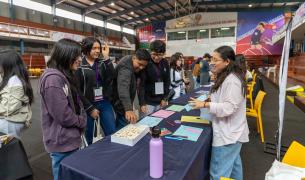Beyond the Box: When listening to students becomes leading with them
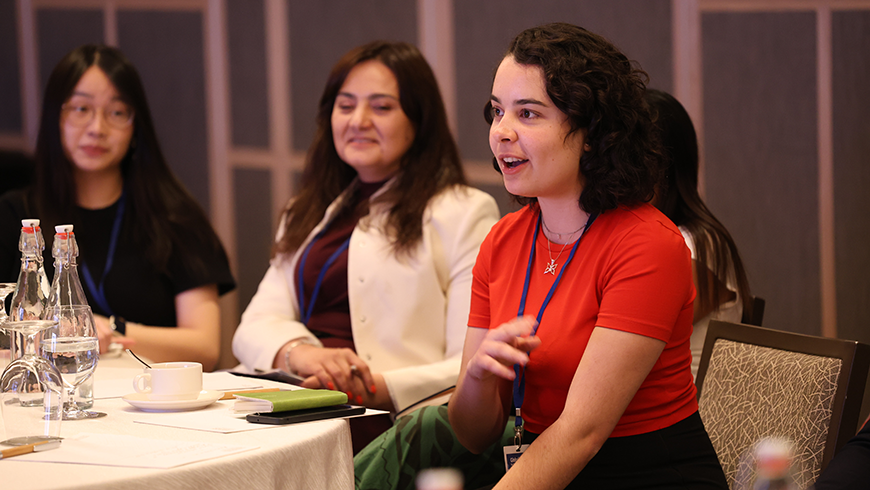
"A box. That was all I saw when I imagined the word school, university, and even education." This stark admission from Dana, a student from Qatar, captures a sentiment perhaps more common than we realize—a perception of education as something confined, rigid, and disconnected from the vibrant complexities of the world. But what happens when that box is opened, or even dismantled, by the very students it seeks to contain? For me, the path towards realizing this scenario lies in embracing the powerful voices, the expansive vision, and the dynamic actions of young people themselves.
There’s an almost palpable energy, a unique kind of magic, that happens when we genuinely make space for students in conversations about their own learning and their own futures. It’s a phenomenon I’ve been privileged to witness time and again. We often talk about incorporating ‘student voice’ into education policy and planning discussions—but what does that truly mean? Is it a checkbox, a brief slot on an agenda? Or is it something far more powerful? Sairaj, a student from India, pointedly describes some all-too-common scenarios as "the tragedy of going unseen while speaking," where young people find themselves in rooms where "the decisions, which were supposedly open for discussion, are already made."
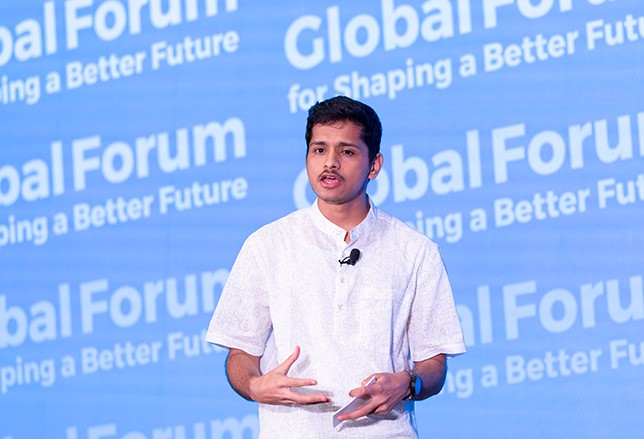
But what if we collectively commit to flipping that script? What if, instead of merely inviting students to tables that have already been set, we invite them to co-design the very architecture of these crucial conversations? When we aim for this depth of engagement, the shift is profound. It moves beyond the performative into a vibrant, collaborative space. Sairaj articulates the power of such authentic inclusion, reflecting on a time when he felt truly valued: “There was a conscious effort to not just have young people in the room, but to centre us. It wasn't symbolic inclusivity. It didn't feel performative. What it truly felt like—was partnership.” This genuine sense of shared ownership, moving beyond mere token gestures, is what distinguishes truly meaningful engagement.
Consider the youth who step forward when such spaces are created, like at the recent April 2025 Global Forum for Shaping a Better Future in Singapore. They aren't just there to represent a demographic—they are there to lead, to challenge, to innovate, and to co-create. Raquel from Brazil articulated this vision for the role of young people with striking clarity: "Not leaders tomorrow—leaders today." This isn't merely a catchy phrase; it's a fundamental truth about the capabilities and potential residing in our youth. And Raquel didn’t stop there. She followed up her assertion by posing a challenge to us all: "What are you doing to ensure students grow not just as achievers, but as autonomous individuals who feel capable of changing the world?"
This question should be a constant touchstone for every educator, policymaker, and community leader, a point underscored by Raquel’s own journey. “Growing up in Brazil’s public school system, I was taught to follow, not lead,” she shared. “Leadership wasn’t in the curriculum—or in the imagination for someone like me. That changed when I entered a classroom that saw me as more than a grade: a citizen, a thinker, a problem-solver. That shift led me to launch my first NGO and begin advocating for a new vision of education.” When young people are seen, heard, and recognized as the leaders they inherently are, their impact is both immediate and undeniable.
This transformative power is truly unlocked when we move beyond the passive act of listening, to the dynamic practice of active partnership with young people. Lindsey from Peru recalled her initial reaction to an invitation to participate in a global event: "WOW, is this real?" Her infectious enthusiasm also cast light on a critical reality she later shared: "Spaces like these, where students are genuinely listened to, are still way too rare." It’s a statement worth pausing to consider. How much creativity, how much insight, how much potential remains untapped because we haven't yet made these authentic, inclusive spaces the norm rather than the exception? "If we want to build a better future, student voices must be part of the conversation," Lindsey emphasized, because, as she has witnessed through her own organization which impacts thousands of her peers, “change happens when everyone is given a chance to lead…when we are given the chance to get involved in the process of building our future.”
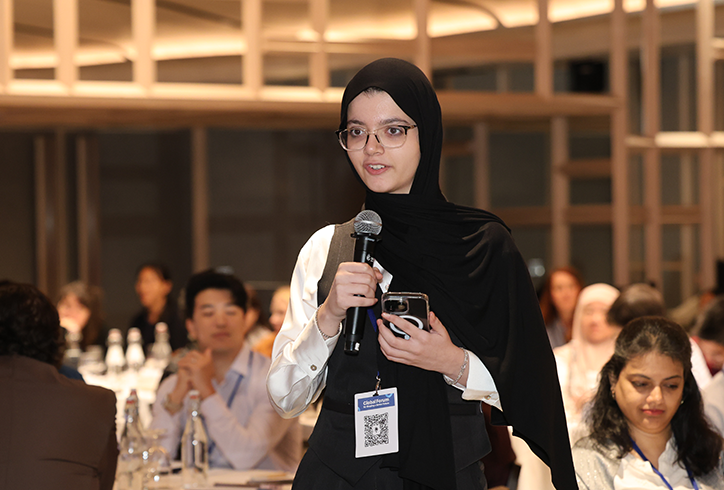
This is where the real transformation begins—in the synergy between the dynamic youth and the grounded adults, in the shared commitment to creating change. It’s about recognizing that students bring an invaluable perspective, an urgency, and a clarity that can cut through the complexities that often bog us down. When we cultivate genuine youth-adult partnerships, the conversations deepen, the solutions become more innovative, and our collective capacity for impact expands exponentially.
The journey to reshape education, to build systems that truly serve all learners, is a marathon, not a sprint. It demands sustained effort, open hearts, and a courageous willingness to share power and co-create. We must continue to champion this work, not just on grand stages or in high-level discussions, but in the fabric of our daily interactions–within our classrooms, during policy deliberations, and throughout our community dialogues.
As Naya, a student from Qatar shared after a deeply engaging intergenerational experience, “I left more motivated than ever to help shape a future where learning is not merely about knowledge but about purpose.” As we all move forward in our collective efforts to reframe the purpose of education, let’s carry with us the indomitable spirit of these young leaders. Let’s challenge ourselves to create more spaces where student voices are not just heard, but are integral to shaping the agenda. Let’s champion their leadership, not as a future aspiration, but as a present reality. Because when we do, we don’t just empower them; we empower ourselves to build a more just, equitable, and inspiring future for education, together.
The Shaping a Better Future Blog Series explores the purpose and practices of education and the progress we can collectively make to ensure all students have access to the holistic education they need to shape a better future.
